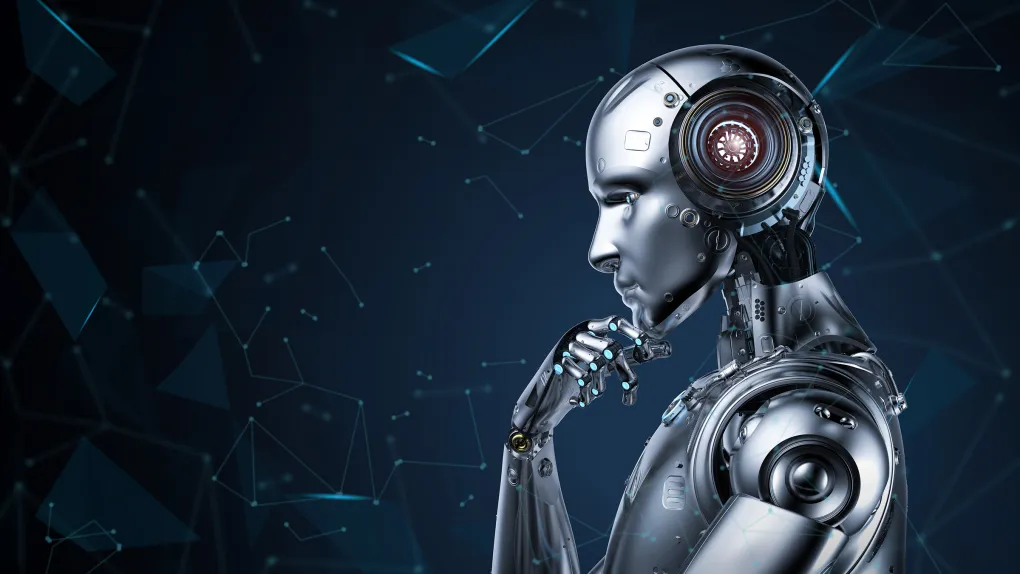The line between science fiction and reality continues to blur as home humanoid robots are poised to become a tangible part of everyday life. Fueled by advancements in artificial intelligence, machine learning, and robotics, these human-like machines are no longer confined to the realm of research labs and futuristic movies. Instead, they are stepping into our homes, ready to assist with chores, provide companionship, and revolutionize how we interact with our living spaces.
Several factors are converging to accelerate the arrival of home humanoid robots. Firstly, significant strides in AI and machine learning are enabling robots to perceive their surroundings, understand natural language, and learn new tasks with greater ease. Companies are developing AI models specifically designed for robots to recognize objects, interpret commands, and perform actions in dynamic home environments. Secondly, improvements in robotics hardware, including sensors, actuators, and materials, are resulting in more agile, dexterous, and robust robots. Developments in sensor miniaturization and integration are enhancing the mobility and versatility of humanoid robots. Furthermore, decreasing hardware costs and increasing government and private investment are making these technologies more accessible for mass production and deployment.
Currently, several companies are at the forefront of developing home humanoid robots. 1X Technologies, a Norwegian company, has introduced NEO Gamma, a bipedal robot designed for various household chores, including cleaning, tidying, and even serving drinks. Figure AI is another key player, showcasing robots capable of collaborating to organize groceries and perform other complex tasks. Tesla is also in the race, with Elon Musk predicting the potential sale of its Optimus robot by the end of 2025. Meta Platforms is reportedly forming a new department focused on consumer humanoid robots.
The capabilities of these robots are rapidly expanding. They can now perform a wide range of tasks, from basic cleaning and laundry to more complex activities like cooking, assisting the elderly, and providing security. For example, NEO Gamma can make coffee, adjust picture frames, and operate a vacuum cleaner independently. Figure AI's robots demonstrate the ability to sort items and store them in a refrigerator. Some robots can understand voice commands, recognize faces, and even detect human emotions, allowing them to interact more naturally with their human companions.
Looking ahead, the future of home humanoid robots is brimming with potential. Experts predict that these robots will become commonplace in homes within the next decade, seamlessly integrated into daily life. Peter Diamandis, a technology and innovation leader, forecasts that households could start seeing humanoid robots in beta mode by the end of 2026. By 2030, they are expected to be fully integrated, assisting with household chores, caregiving, and complex problem-solving.
These robots will not only be able to perform physical tasks, but also offer companionship, manage schedules, provide reminders, and monitor the health and wellness of residents. As AI continues to evolve, robots will become even more adept at understanding human needs and preferences, providing personalized assistance and support.
However, the rise of home humanoid robots also presents challenges and considerations. Ethical concerns surrounding privacy, data security, and job displacement will need to be addressed. As robots become more integrated into our lives, it will be crucial to establish clear guidelines and regulations to ensure their safe and responsible use. The need for maintenance and repair will also increase, creating a demand for specialized services to keep robots running smoothly. Robo Reliance aims to address this by offering proactive maintenance plans, emergency repair services, and manufacturer-authorized support.
Despite these challenges, the potential benefits of home humanoid robots are undeniable. From freeing up time for leisure and personal pursuits to providing assistance to those in need, these robots have the potential to enhance our quality of life in countless ways. As technology continues to advance, the "invasion" of home humanoid robots is not a question of "if," but "when," ushering in a new era of convenience, assistance, and companionship in our homes.

















